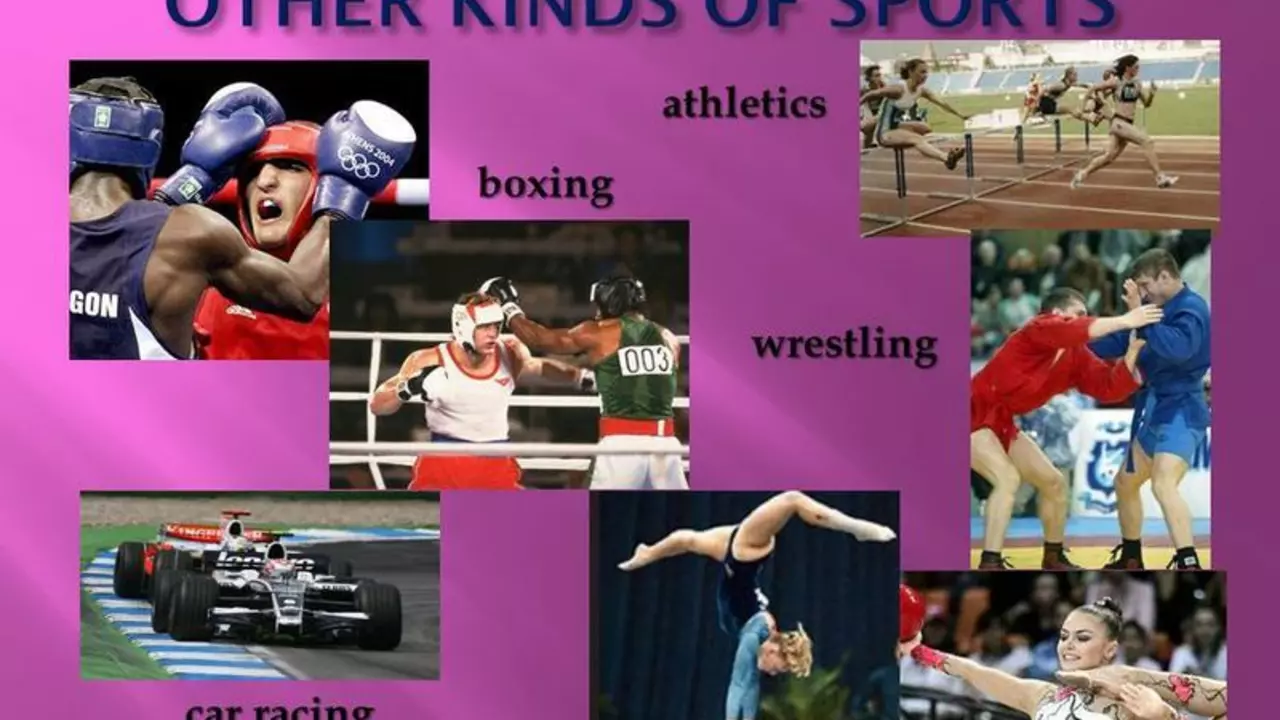Sport Classification – Understanding How Sports Are Grouped
When exploring sport classification, the method used to group athletic activities based on rules, equipment, player numbers and competition level. Also known as sport categorization, it helps fans, coaches, sponsors and analysts navigate the huge variety of games on offer.
A core part of any classification system is the divide between team sport, a game where players cooperate as a unit against another group and individual sport, a discipline where a single athlete performs alone. This split influences everything from training methods to media coverage. For example, a football club builds tactics around teamwork, while a swimmer focuses on personal technique. Both categories fall under the broader umbrella of sport classification, illustrating the first semantic triple: Sport classification encompasses team sport and individual sport.
Beyond the team‑individual distinction, the level of competition adds another layer. A professional league, an organized competition that pays its participants and often has strict licensing rules sits at the top of the hierarchy, while amateur competition, a grassroots event where participants generally play for enjoyment or development forms the entry point. This creates a tiered model where professional leagues influence sport classification by establishing elite categories, and amateur competition provides the foundation for new classifications.
Why Knowing the Classification Matters
Understanding how sports are classified helps you make better decisions, whether you’re picking a hobby, scouting talent, or negotiating sponsorship deals. If you’re a beginner, knowing that rowing is an individual sport that also features team events can guide you toward the right club. For marketers, recognizing that basketball belongs to the team‑sport, professional‑league segment informs budget allocation for advertising. Coaches use classification to design drills that match the tactical demands of their sport, such as synchronized team drills for rugby versus solo skill drills for gymnastics.
Classification also shapes media narratives. Broadcasters group together team‑sport leagues for prime‑time slots, while they schedule individual‑sport championships during off‑peak hours to attract niche audiences. This programming choice reflects the second semantic triple: Team sport requires multiple players, which drives collaborative storytelling. Meanwhile, the third triple—Individual sport emphasizes personal skill, leading to athlete‑focused storytelling—explains why documentaries often center on a single competitor’s journey.
From a regulatory perspective, sport classification determines which bodies set safety standards, doping rules and eligibility criteria. Professional leagues typically enforce stricter anti‑doping policies than amateur events, creating clear expectations for athletes at each level. This hierarchy also supports talent pipelines; young athletes start in amateur competitions, progress to semi‑professional leagues, and eventually reach the professional tier. The final semantic triple—Amateur competition provides the entry point for classification, feeding talent into professional leagues—captures this flow.
Our collection below reflects these ideas. You’ll find pieces that discuss the latest news in various sports, analyses of how classification impacts fan engagement, and deep dives into specific categories like team sport dynamics or the rise of individual‑sport stars. Whether you’re curious about the NFL’s dominance, the challenges facing a struggling team, or how new media formats are reshaping sport classification, the articles give practical insight into each facet.
Ready to see how these concepts play out in real stories? Scroll down to explore the range of posts that illustrate sport classification in action, from league-level examinations to individual‑athlete spotlights. Each piece adds a piece to the puzzle, helping you grasp the full picture of how sports are organized and why that matters to everyone involved.

How do you define a sport?
Defining a sport is not as straightforward as some might think. In my view, a sport involves physical exertion, skill, and often, competition between participants. It's not just about the physical aspect, though, it's also about the mental strategy that goes with it. Importantly, it needs to be recognized by some official organization or body, and it usually involves a set of rules that participants must follow. It's a broad definition, sure, but it encompasses the many diverse activities we classify as sports.
Read More


